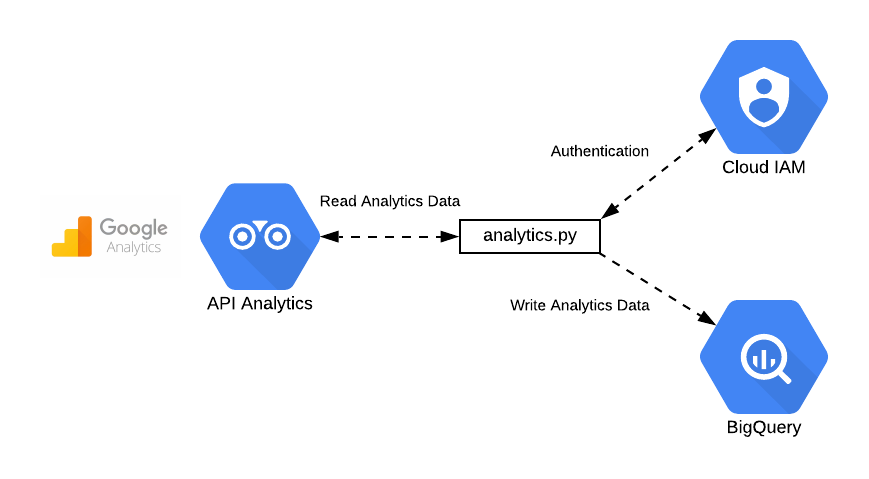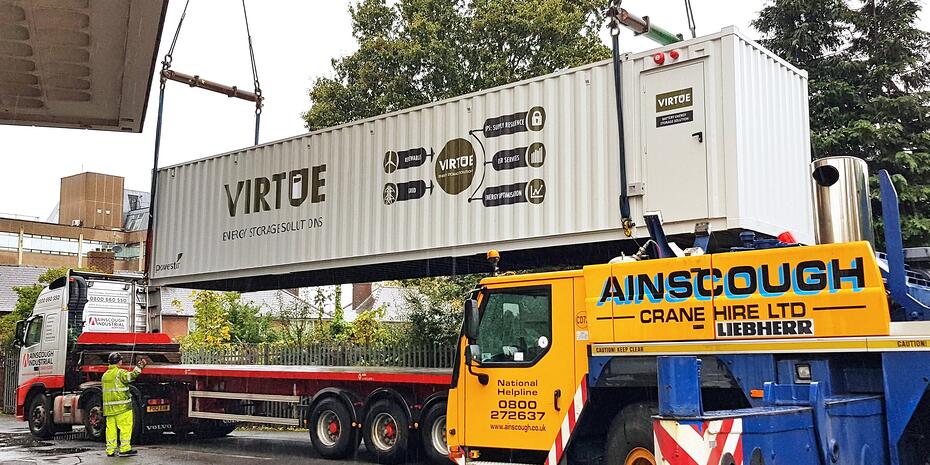
There’s a new game in town. It’s being driven by the major technology players. They’re on a mission to switch the current 3.2 billion[1] video gamers worldwide onto cloud-based gaming. But to win, they’re going to need more edge…
Make no mistake, the cloud is disrupting the traditional video gaming market. It used to be the exclusive domain of Sony and Nintendo for over 25 years, but with the gaming market predicted to be worth $321 billion by 2026[1], it’s now just too good an opportunity for the others to pass up. NVIDIA and Sony for example have platforms for cloud gaming – GeForce Now and Playstation Plus Premium. Microsoft has launched Xbox Cloud Gaming and Amazon offers Luna.
However, to win and ensure the loyalty of billions of gamers worldwide, the gaming giants not only have to overcome the legal hurdles designed to protect the end user – as seen by the recent high profile rulings of the UK’s Competition and Markets Authority (CMA) and the EU surrounding Microsoft’s acquisition of Activision Blizzard. They absolutely have to deliver the best level of User Experience.
User Experience is the name of the game.
Traditionally, dedicated consoles or powerful graphics laden personal computers designed for video games, have been a prerequisite to play high-definition games. But cloud gaming, with its streaming of games across the Internet, requires most of the compute power and high-res video graphics to be shouldered by super-powerful, super-connected servers hosted in hyperscale cloud data centers.
For good reason. There’s a huge amount of technological infrastructure behind cloud gaming. Processing games via the cloud demands the exchange of massive amounts of data stored on remote servers with PCs, mobile devices or games consoles.
But here’s the thing. Apart from megawatts of power and storage space needed, there’s the hurdle of network latency to overcome – multiple users simultaneously playing games any time of day or night won’t tolerate any kind of network delay – especially where instantaneous action or reaction is concerned. They expect a level playing field where all players are on the same page. This means equal network speeds and response times…a common use experience.
To make cloud gaming really fly, all comes back to the network infrastructure and location of the data centers involved. What’s really needed is low latency networks which is achieved by locating the servers as close to end-users as possible. The centralised network architectures currently in place by hyperscale cloud service providers are not ideally suited to meeting these needs because of the considerable physical distances involved.
Instead, distributing the necessary scalable compute across a global network supported by edge data centers will be the real game-changer. It will significantly lower network latency and provide a common user experience wherever they are. This calls for interconnected edge data centers located close to regional populations with sufficient power and cooling availability for scaling with demand – and the prerequisite connectivity. This demands their direct connection in to major national carriers as well as regional network providers and internet exchanges – to minimise latency and data transit costs.
The impact of cloud gaming is going to be profound and significant. But without bringing edge data centers into play, it could be effectively game over for some.
Visit https://www.nlighten.eu/en/ to learn more









